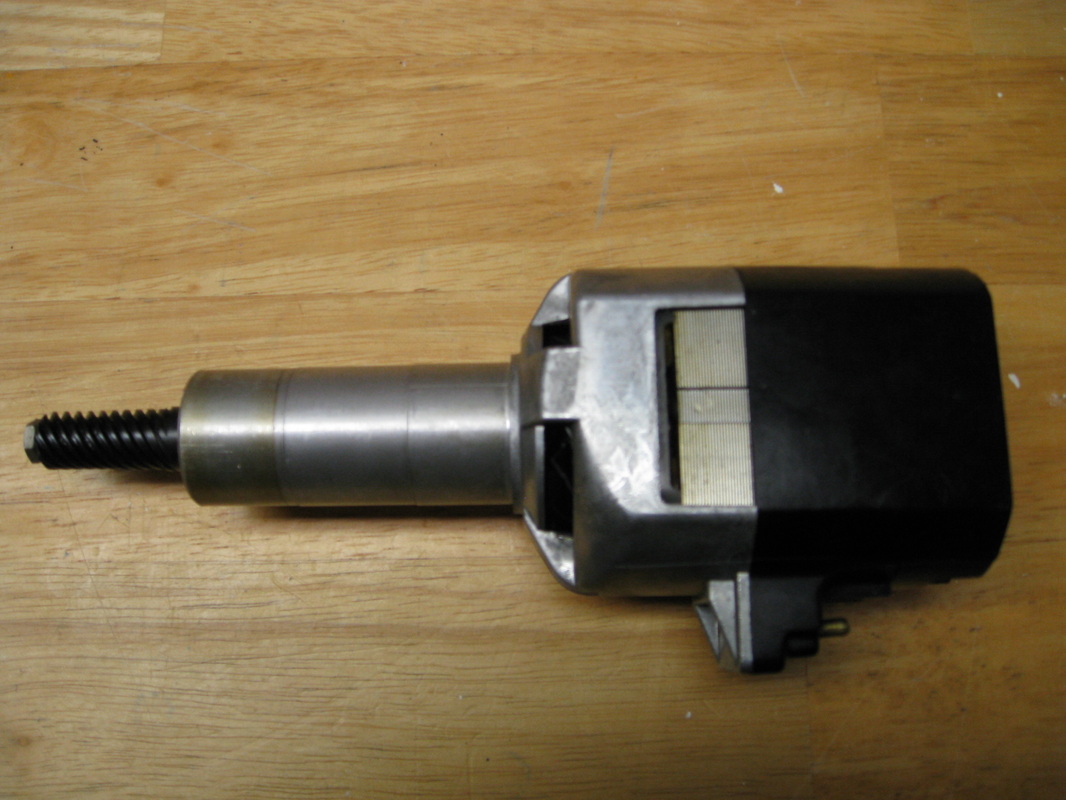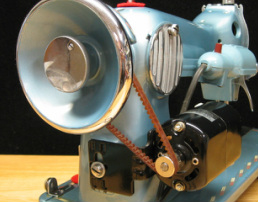1 Comment
Luis Vargas
3/12/2024 05:49:34 pm
One way to increase the power of a motor, if necessary, is to connect a rectifier diode source to convert alternating current to direct current. This makes the universal motor more Efficient and more powerful
Reply
Leave a Reply. |
News, Reviews,
|


 RSS Feed
RSS Feed